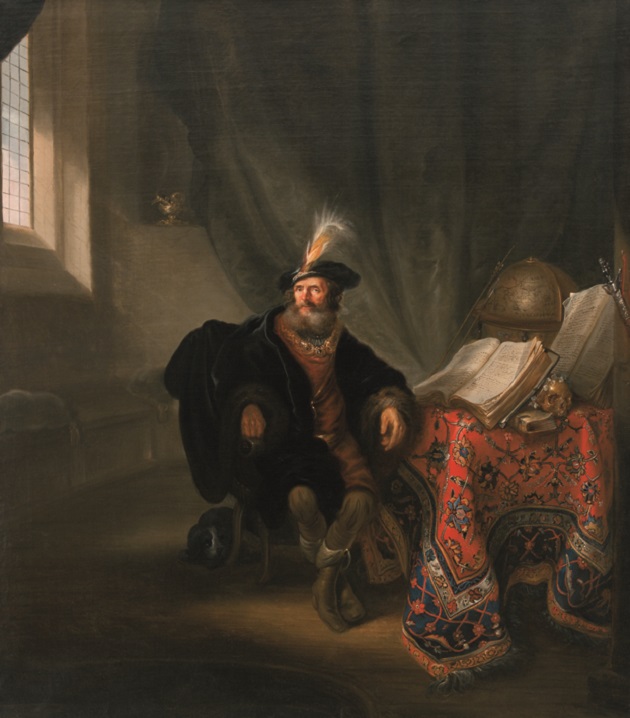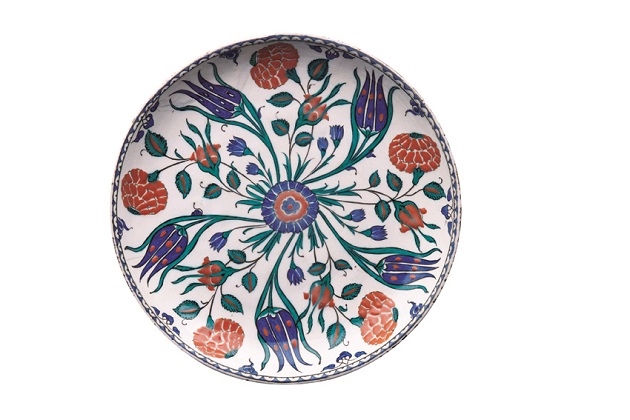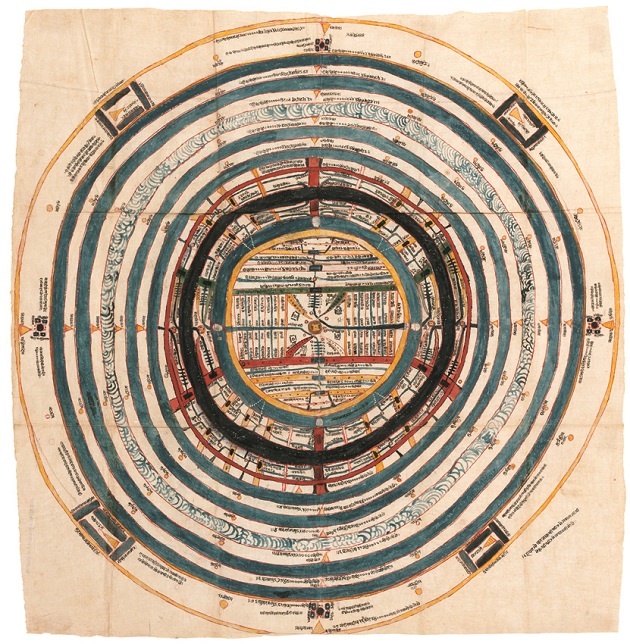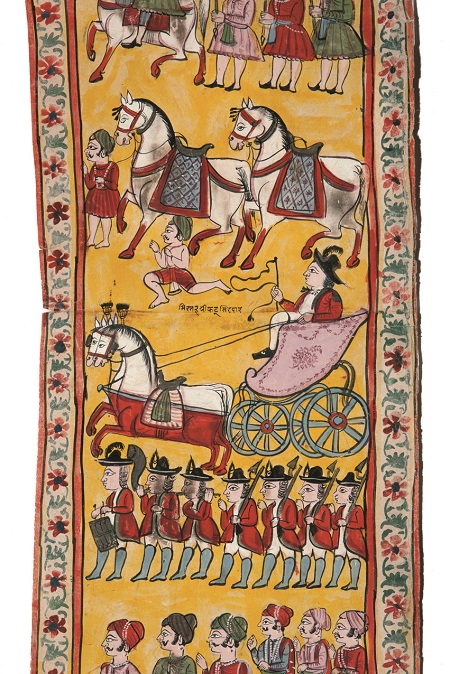Ponder for a moment you’re off on your annual trip to buy spices, a lot of spices. Now imagine you have to get them home, to the other side of the world, on a wooden boat, during the 15th century. How would you do it? Forget Tupperware that hasn’t been invented yet. This question and many others are answered at the Treasure Ships: Art In The Age Of Spice exhibition currently on at the Art Gallery of WA.

Abraham Van Den Hecken Netherlands c.1615-c.1669 A Scholar In His Studio c.1665, The Hague (?) oil on canvas 121.8 x 106.7cm Gift of Kathy Booth, Anne Davidson, Dr Peter Dobson, Dr Michael Drew, Dr Michael Hayes, Peter McKee and Philip Speakman through the Art Gallery of South Australia Foundation Collection Club 2012. Art Gallery of South Australia, Adelaide
So how did they do it in a world sans plastic containers with burping lids? Well they used the most beautiful pottery urns that could easily hide a seven year old, or two .
The exhibition covers the period from the fifteenth to nineteenth centuries. Dubbed the Age of Spices or the ‘Age of Discovery’ when East met West and global markets first came to be. It touches on the establishment of the first multinational company, the Dutch East Indies Company, the slave trade, piracy and shipwrecks including artefacts from the Batavia and Gilt Dragon.

Portugal-Indonesia Soldier’s helmet, 16th-17th centuries, Portugal, found in Sumba East Nua Tenggara Indonesia. Metal 30.0cm (high) Collection of Mary Abbott, Adelaide
Spread across several gallery spaces, are fascinating early maps which have somehow stood the test of time, manuscripts, stunning Chinese porcelain, intricate Indian textiles, beautiful Japanese screens, furniture, religious artefacts and exotic art.

Turkey. Dish, with tulip and poppies. late 16th century, Iznik, Bursa, Iznik ware, frit body, polychrome underglaze decoration 28.7cm (diameter) Gift of William Bowmore AO OBE through the Art Gallery of South Australia Foundation 2003, Art Gallery of South Australia Adelaide
When opening the exhibition, AGWA Director Stefano Carboni said …
‘We are delighted to partner with the Art Gallery of South Australia in presenting this exhibition which helps to highlight WA’s place in world exploration and trade during the ‘Age of Spices’. Visitors have the chance to experience the complexity and richness of new ideas and exchanges that were brought about in the 16th to the 19th centuries through this trade.’
Combining 250 works from Australia, Europe, Asia and the USA, the exhibition is like a walking history lesson. It took five years to create and, as you could imagine, was a huge undertaking to get all the pieces safely to Perth. According to AGWA curator Melissa Harpley, the exhibition threw up some additional challenges.
‘There are a few right angle corners here which created challenges to get the flow right and keep the story in tact … the varied pieces meant some need to be looked at up close versus others that need space around them.’
The exhibition also helps show Australia’s place in history.
‘The Australian pieces are at the end of the exhibition … we were not the centre of the world at the time, it makes you think about our place in the world today.’ said Ms Harpley.

India The Middle World known as Madhyaloka early 19th century, Gujarat or Rajasthan opaque watercolour on cotton 72.5 x 84.0 cm Collection of Mary Abbott, Adelaide
If you haven’t already seen the exhibition you really must before it closes later this month. As I walked around room after room of wonderful trinkets and objects I pondered:

India Invitation letter to a Jain monk (vijnaptipatra) Nov 1795 Surat Gujarat opaque watercolour on paper 955.0 x 26.0 cm Gift of Michael Abbott OA QC through the Art Gallery of South Australia Foundation 2013 Art Gallery of South Australia, Adelaide
- I was never all that interested in history at school, but being able to see it unfold in front of me like this makes it so much easier and more interesting. Somehow it takes history out of the books and makes it real.
- I’d love to know what ink they used on the maps and manuscripts, plus how they stored them during the voyages that enabled them to still be in such good condition.
- Imagine being there when unseen spices arrived at the dock for the very first time.
- With spice urns the size of green wheelie bins, how big were their pantries?
For more information go to Treasure Ships
-
Art
-
Inspiration
-
Education
-
Atmosphere




